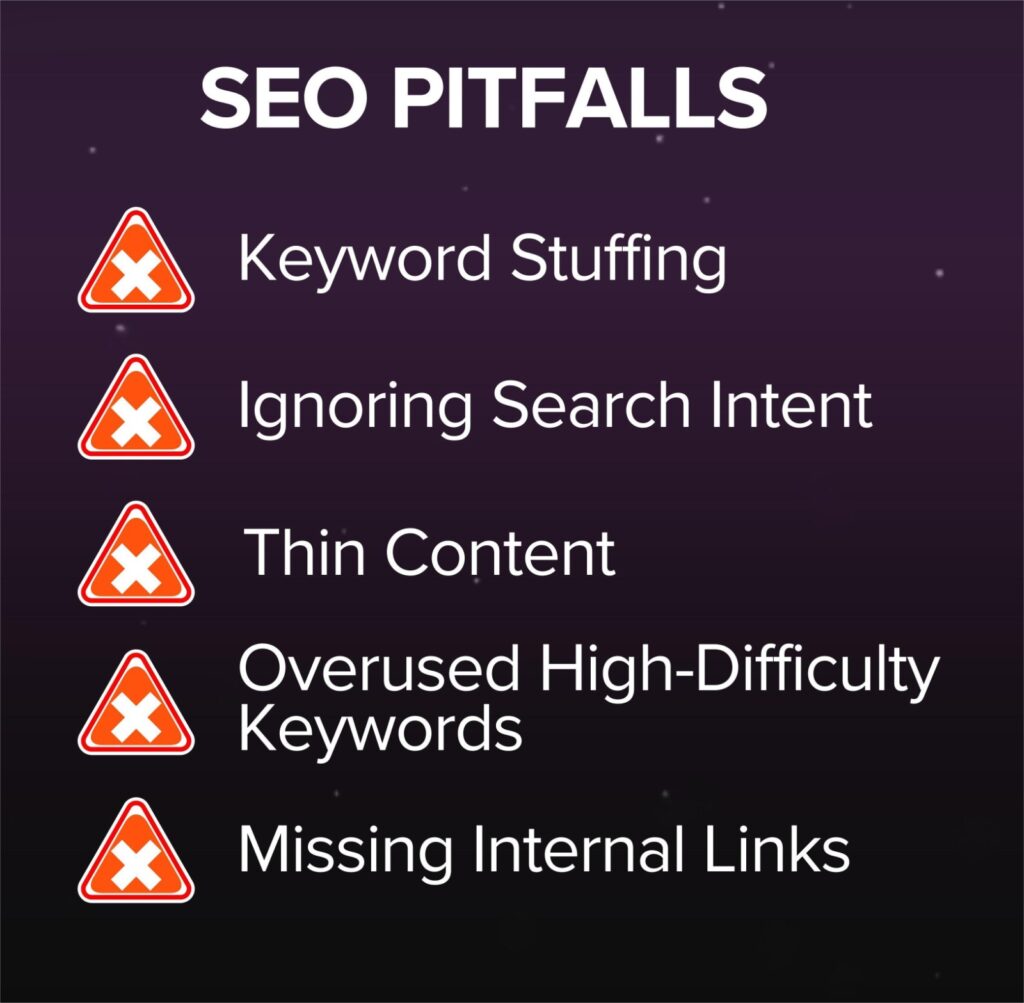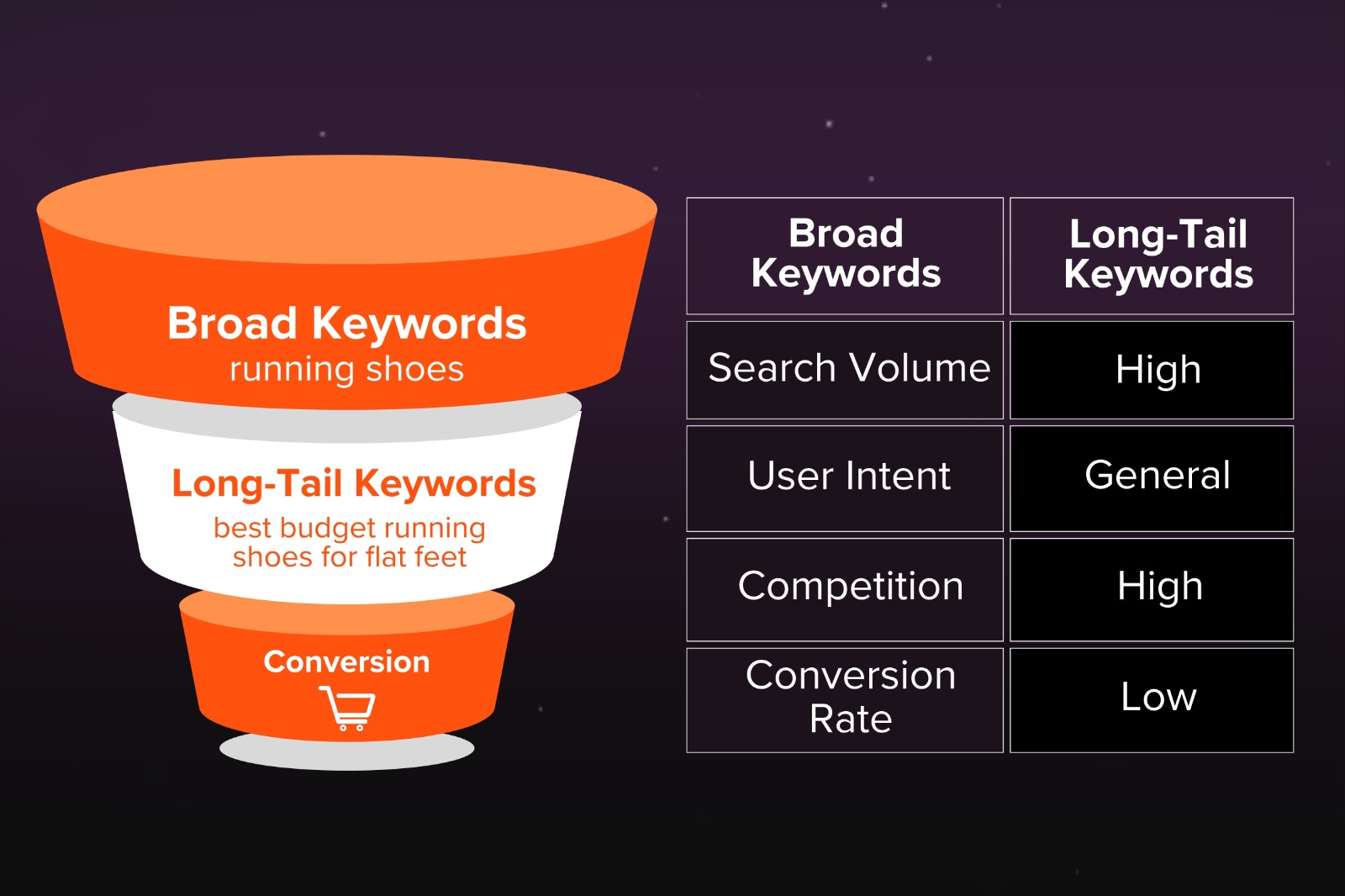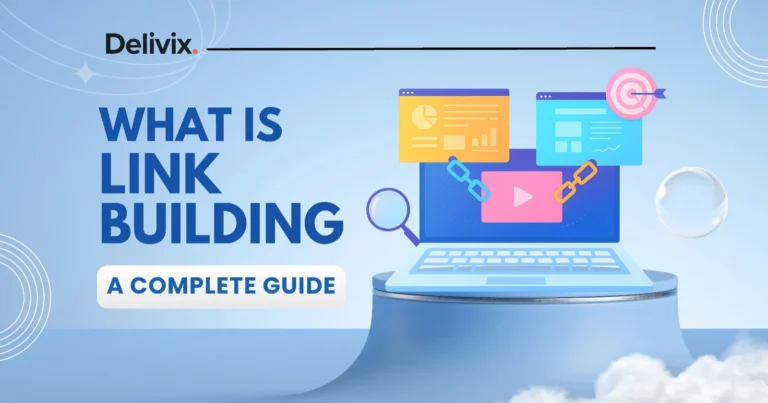If you’ve been in the SEO game or mingled with digital marketers, you’ve likely come across long-tail keywords in programmatic SEO (pSEO) and GEO SEO. Let’s be clear, while powerful, these strategies can skirt the edges of Google’s guidelines if not executed carefully.
I’ve leveraged long-tail keywords in pSEO and GEO SEO for multiple sites, and the results can be game-changing, driving targeted traffic at scale. However, missteps like thin content, keyword stuffing, or poor internal linking can lead to cannibalisation or Google penalties.
So why bother? Long-tail keywords enable rapid content creation for city-specific landing pages, affiliate comparisons, or niche directories, which is nearly impossible manually. Done right, they dominate niche searches and boost conversions.
That said, it’s not a simple process. I’ve stumbled by generating repetitive pages or neglecting user intent, costing rankings early on. This guide breaks down how to use long-tail keywords effectively in pSEO and GEO SEO, so you can avoid those pitfalls.
Alternatively, hire the SEO experts at Delivix to implement long-tail strategies in pSEO and GEO SEO correctly, ensuring high-impact results without risking penalties.
What are long-tail keywords, exactly?
Long-tail keywords are longer, highly specific search phrases users type into search engines. They have lower individual search volumes but collectively make up a large share of Google searches.
Because they target niche queries, long-tail keywords often signal strong user intent, increasing the chances of conversions from Google like purchases or inquiries. The term “long tail” refers to the tail end of the search demand curve, as shown below.
Examples of long-tail keywords
Here are examples of long-tail keywords:
- Best budget running shoes for flat feet
- How to train a puppy at home
- Organic skincare for sensitive skin
- Affordable yoga retreats in Bali
These phrases are longer, more specific, and have lower search volumes, as seen in tools like Semrush’s Keyword Overview. In contrast, broad terms like “running shoes,” “puppy training,” “skincare,” or “yoga retreats” have high search volumes and are not long-tail keywords.
How do long-tail keywords work?
Long-tail keywords target specific user queries, enhancing content relevance and search rankings. They attract highly motivated searchers, driving targeted traffic to your site.
By aligning with precise user intent, long-tail keywords increase engagement and conversions. For example, “best budget running shoes for flat feet” indicates a user closer to purchasing than someone searching “running shoes.”
These keywords work by matching niche search phrases, reducing competition on search engine results pages (SERPs). According to Semrush’s Keyword Overview, “running shoes” has a Keyword Difficulty (KD) of 80%, while “best budget running shoes for flat feet” has a KD of 25%.
Lower competition allows smaller websites to rank higher, even against established brands. This makes long-tail keywords ideal for new or less authoritative sites.
In programmatic SEO, long-tail keywords are used to create templated pages for scalability. For instance, an e-commerce site might target “organic skincare for sensitive skin” across multiple product pages.
In GEO SEO, long-tail keywords like “yoga classes in Manchester for beginners” attract local searchers with specific needs. This ensures content meets regional demand effectively.
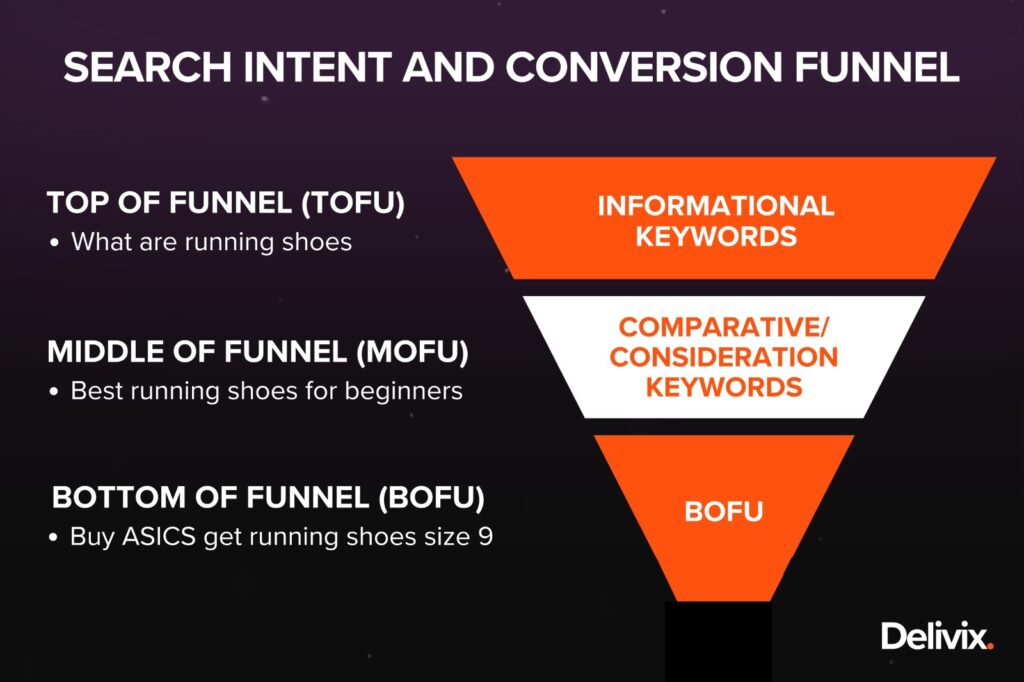
| Factor | Programmatic SEO | GEO SEO |
|---|---|---|
| Primary Focus | Automate content for diverse long-tail keywords | Optimize for location-specific long-tail queries |
| Content Creation | Templated pages for broad keyword variations | Localized content with regional relevance |
| Keyword Targeting | Niche, multi-word phrases across topics | Location-based long-tail phrases |
| Use Cases | Directories, affiliate pages, tools | Local services, store pages, events |
| Scalability | Highly scalable for thousands of keywords | Scales to specific geographic regions |
How to find qualified searchers with long-tai keywords
Long-tail keywords help pinpoint users with specific needs, boosting conversion potential. Aligning content with search intent attracts searchers ready to act.
Tools like Semrush’s Keyword Magic Tool identify high-intent keywords efficiently. For example, searching “skincare” might reveal “organic skincare for sensitive skin,” targeting users close to a purchase.
Question-based keywords, such as “how to train a puppy at home,” capture users seeking solutions. Platforms like AnswerThePublic uncover these queries, indicating informational or transactional intent.
Analysing competitors with Semrush’s Keyword Gap tool reveals long-tail keywords they rank for, like “best budget running shoes for flat feet.” Targeting these can drive qualified traffic to your site.
For GEO SEO, local keywords like “yoga classes in Manchester for beginners” attract regional searchers with clear intent. Analysing local SERPs ensures content aligns with geographic demand.
Filtering for low Keyword Difficulty (KD) in tools like Ahrefs helps prioritise achievable keywords. For instance, “affordable yoga retreats in Bali” with a KD of 22% is easier to rank than “yoga retreats.”
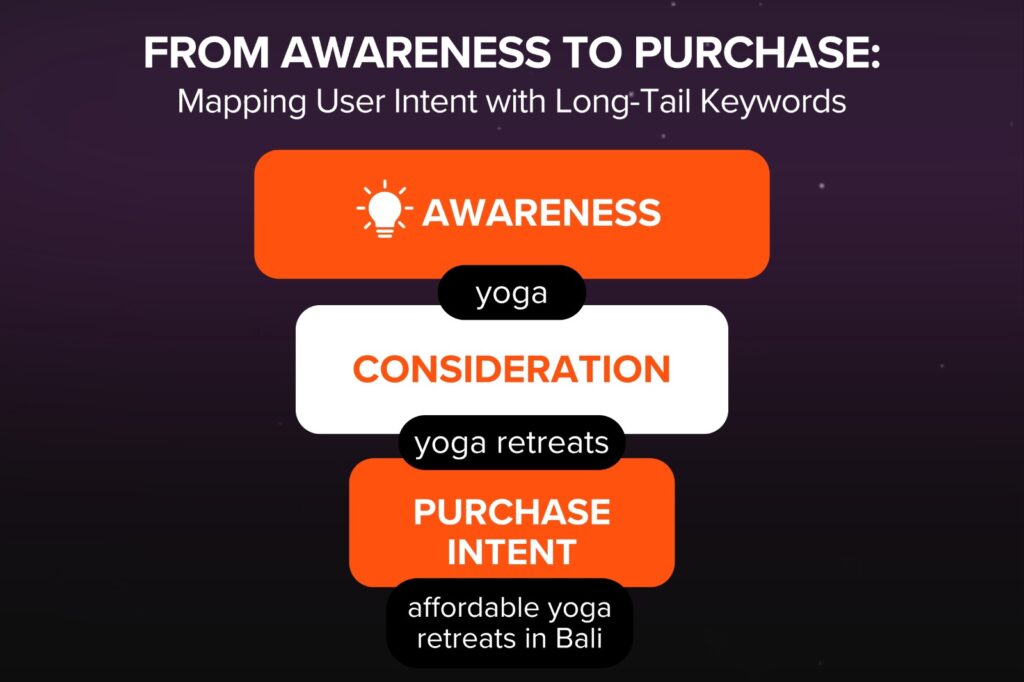
| Factor | Programmatic SEO | GEO SEO |
|---|---|---|
| Primary Focus | Target high-intent users across niches | Focus on local users with specific needs |
| Content Creation | Automated pages for user intent clusters | Localized content for regional audiences |
| Keyword Targeting | Broad, intent-driven long-tail queries | Geo-specific, intent-based keywords |
| Use Cases | E-commerce, informational hubs | Local businesses, service providers |
| Analysis Method | SERP and keyword tool analysis | Local SERP and regional query analysis |
Less competition – Higher ranking probability
Long-tail keywords face less competition, making it easier to rank on search engine results pages (SERPs). They allow smaller websites to compete with larger brands for niche queries.
For example, the head term “yoga retreats” has a Keyword Difficulty (KD) of 85% in Semrush’s Keyword Overview, indicating high competition. In contrast, “affordable yoga retreats in Bali” has a KD of 22%, offering a better ranking opportunity.
Lower competition means long-tail keywords often yield quicker SEO results. This is especially beneficial for new or less authoritative sites aiming to gain visibility.
A blog targeting “best budget running shoes for flat feet” can rank higher than one targeting “running shoes,” which has a KD of 80%. The specificity reduces the number of competing pages, boosting ranking chances.
In programmatic SEO, long-tail keywords enable scalable content creation with less competitive pressure. For instance, an affiliate site might target “organic skincare for sensitive skin” to attract motivated buyers.
Also Read: How to use chatgpt for your keyword research
GEO SEO leverages keywords like “yoga classes in Manchester for beginners” to dominate local SERPs. These phrases face fewer competitors, enhancing ranking probability.
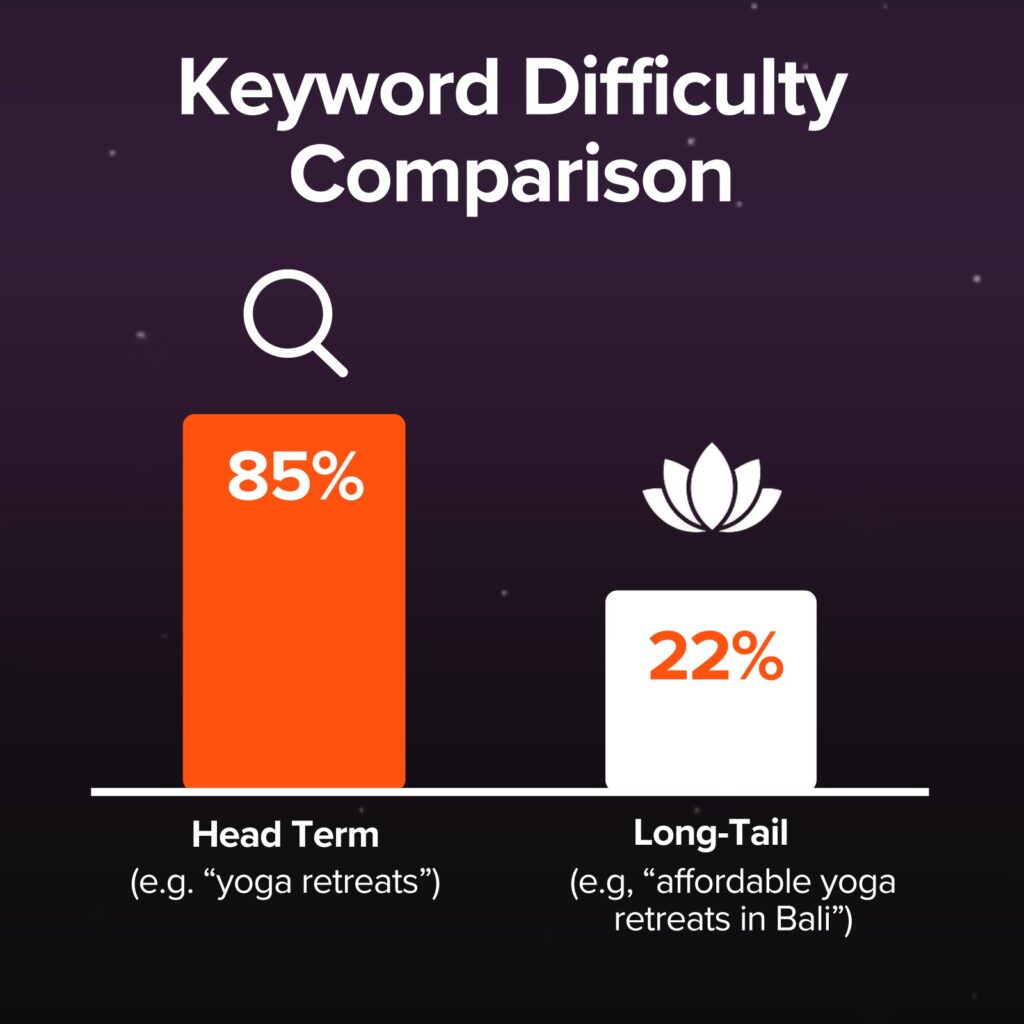
How to find long-tail keywords
Long-tail keywords can be uncovered using tools like Semrush’s Keyword Magic Tool or Google Autocomplete to identify niche phrases. Analysing competitor strategies and platforms like Reddit also highlights specific user queries.
Enter a broad seed keyword, such as “skincare,” into Semrush to generate phrases like “organic skincare for sensitive skin.” Filtering for low Keyword Difficulty (KD) ensures these keywords are achievable, as shown in Semrush’s Keyword Overview.
Google Autocomplete suggests long-tail keywords when typing “yoga classes,” revealing phrases like “yoga classes in Manchester for beginners.” These reflect real user searches with high intent, ideal for targeting.
AnswerThePublic uncovers question-based keywords, such as “how to train a puppy at home,” perfect for informational content. Verifying these in Semrush confirms low competition and ranking potential.
Using Semrush’s Keyword Gap tool identifies competitor keywords like “best budget running shoes for flat feet.” Targeting these gaps drives qualified traffic to your site.
For GEO SEO, Google Maps reveals local phrases like “affordable yoga retreats in Bali.” Analysing local SERPs and forums ensures relevance for regional audiences.
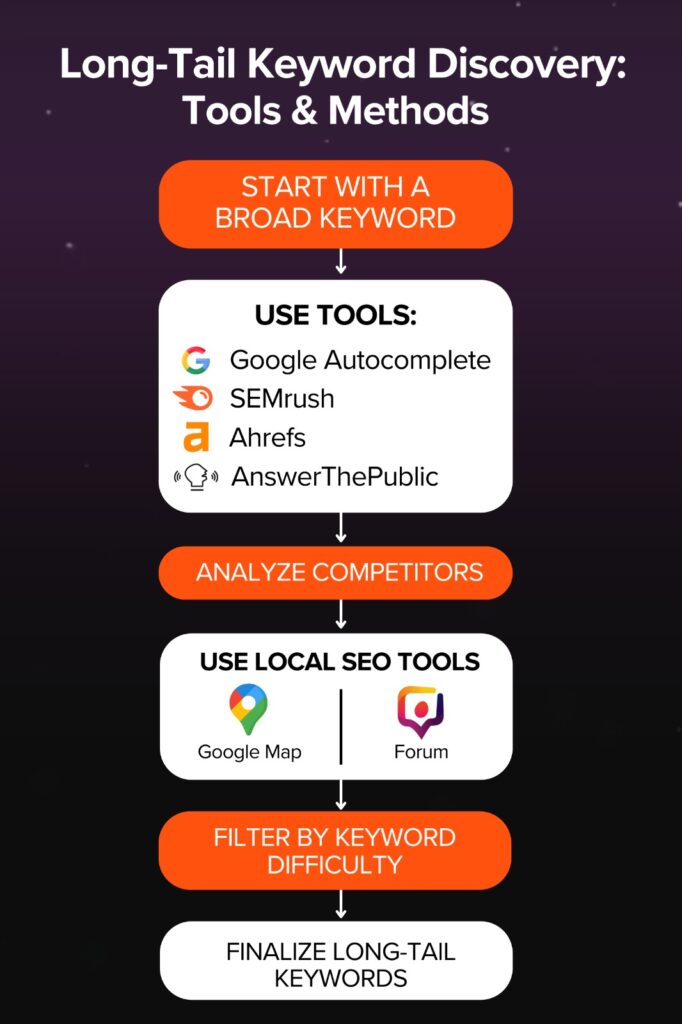
| Factor | Programmatic SEO | GEO SEO |
|---|---|---|
| Primary Focus | Discover broad long-tail keyword sets | Find location-specific long-tail phrases |
| Tool Usage | Google Autocomplete, Ahrefs, SEMrush | Local keyword tools, Google Maps |
| Keyword Targeting | Niche phrases for diverse audiences | Geo-targeted phrases for local searches |
| Use Cases | Content hubs, affiliate sites | Local directories, service pages |
| Analysis Method | Competitor and forum mining | Local forums and regional SERPs |
What are some long-tail keyword examples
Long-tail keywords are specific, multi-word phrases like “best budget running shoes for flat feet.” They target niche queries with lower search volumes but high user intent.
Another example is “how to train a puppy at home,” which appeals to users seeking detailed guidance. Unlike broad terms like “puppy training,” it has lower competition, as shown in Semrush’s Keyword Overview.
“Organic skincare for sensitive skin” is a long-tail keyword for e-commerce targeting health-conscious buyers. It contrasts with the broader, competitive term “skincare,” which has a higher Keyword Difficulty (KD).
For local searches, “affordable yoga retreats in Bali” attracts users planning specific travel. This GEO-specific phrase faces less competition than “yoga retreats,” with a KD of 22% versus 85% in Semrush.
In programmatic SEO, keywords like “best SEO tool for small businesses” drive targeted traffic to software sites. These phrases are easier to rank for than generic terms like “SEO tool.”
Long-tail keywords reflect precise user needs, making them ideal for conversions. Tools like Semrush or Ahrefs confirm their low search volume and ranking potential.
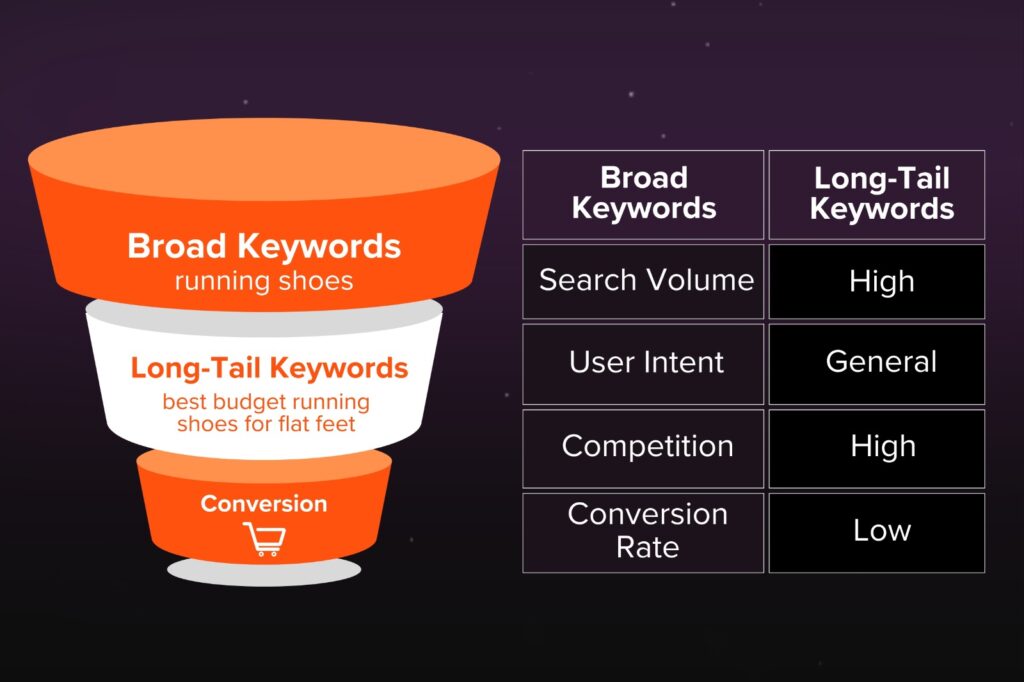
Why are long-tail keywords important?
Long-tail keywords drive targeted traffic and boost conversions due to their specificity. They attract users with clear intent, enhancing engagement and sales.
Higher conversion rates
Specific queries like “organic skincare for sensitive skin” signal users are close to purchasing. Unlike broad terms like “skincare,” they yield higher conversion rates.
For example, a searcher using “best budget running shoes for flat feet” is likely ready to buy. This contrasts with “running shoes,” which has a Keyword Difficulty (KD) of 80% in Semrush and lower conversion potential.
Cost-effective for paid ads
Long-tail keywords, such as “best SEO tool for small businesses,” have lower cost-per-click (CPC) in Google Ads. This offers better ROI compared to high-CPC terms like “SEO tool.”
In paid campaigns, “affordable yoga retreats in Bali” targets niche audiences effectively. Its lower competition reduces ad costs while increasing click-through rates.
Improved content relevance
Content optimised for “how to train a puppy at home” directly addresses user needs. This boosts dwell time and engagement compared to generic terms like “puppy training.”
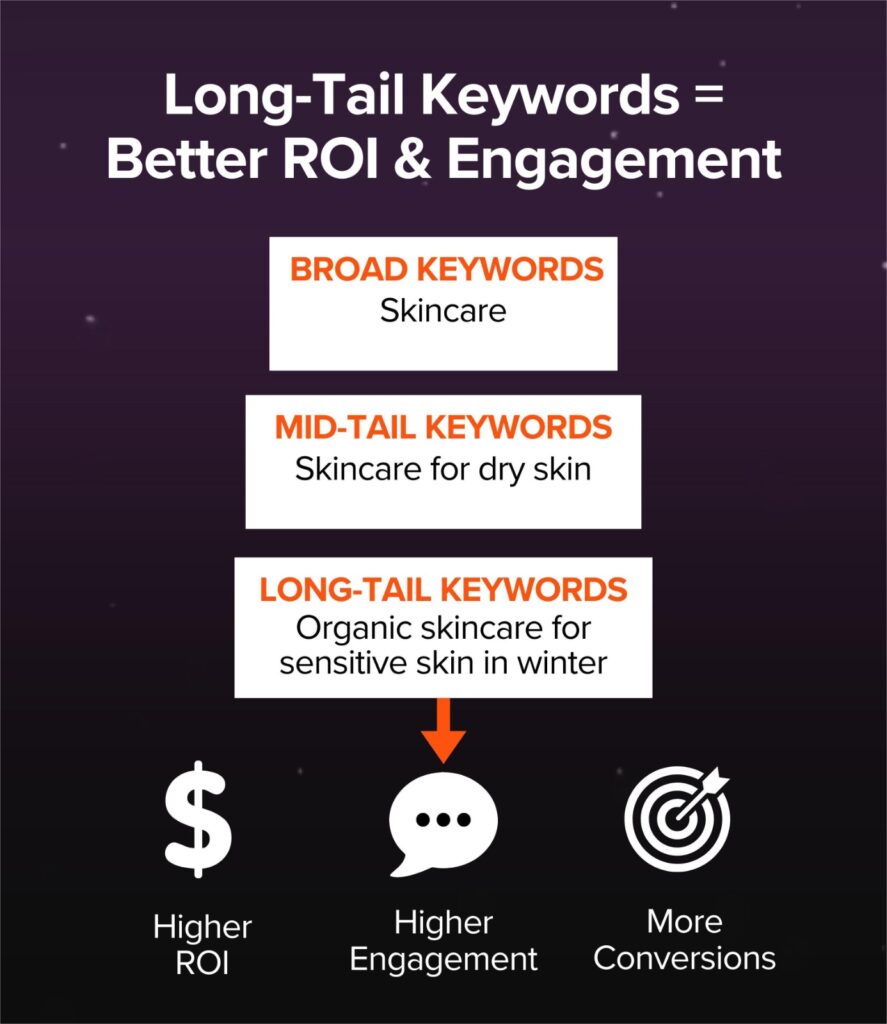
How to use long-tail keywords
Long-tail keywords should align with user intent to maximise content relevance. Strategic placement and topic clusters enhance SEO performance and user engagement.
Using keywords like “best budget running shoes for flat feet” in titles and headers ensures search engines understand content focus. Including the phrase naturally in the first paragraph improves readability and relevance.
For example, a blog post targeting “how to train a puppy at home” should answer the user’s query directly. This satisfies informational intent, increasing dwell time and rankings.
In programmatic SEO, long-tail keywords like “organic skincare for sensitive skin” are used in templated e-commerce pages. This scales content while targeting niche buyer intent.
For GEO SEO, keywords such as “yoga classes in Manchester for beginners” suit localised landing pages. These attract regional users searching for specific services.
Creating topic clusters links long-tail pages, like “affordable yoga retreats in Bali,” to a pillar page on “yoga retreats.” This boosts site authority, as shown in Semrush’s Site Audit tool.
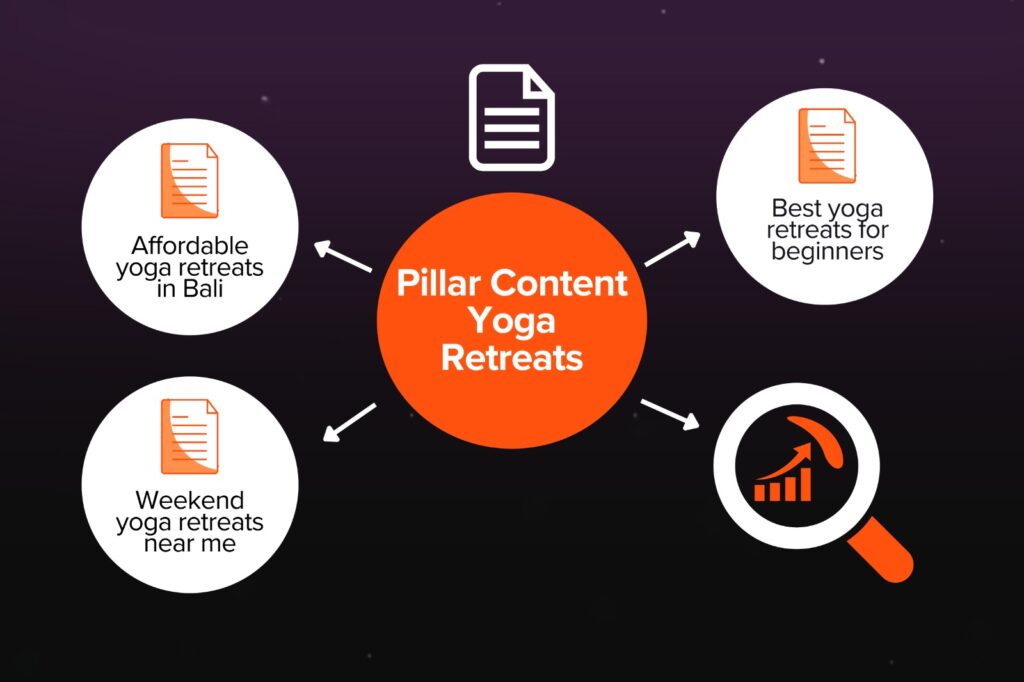
Optimising for long-tail keywords
Optimising for long-tail keywords involves weaving them naturally into high-quality content to boost rankings. Meta tags, URLs, and internal links should also be tailored to enhance SERP performance.
For example, a blog targeting “best budget running shoes for flat feet” should use the keyword in the title and meta description. This ensures search engines and users grasp the content’s focus immediately.
Content addressing “how to train a puppy at home” must provide actionable tips to match user intent. Semrush’s Keyword Overview shows this keyword has a low Keyword Difficulty (KD) of 20%, making it ideal for optimisation.
In programmatic SEO, “organic skincare for sensitive skin” can be used across product pages with unique descriptions. This avoids thin content while targeting niche buyer queries effectively.
For GEO SEO, optimising a page for “yoga classes in Manchester for beginners” includes local references in headers and text. Internal links to a pillar page on “yoga classes” strengthen site authority.
Regularly auditing with tools like Semrush’s Site Audit ensures keyword integration remains effective. This approach maximises rankings for low-competition, high-intent keywords.
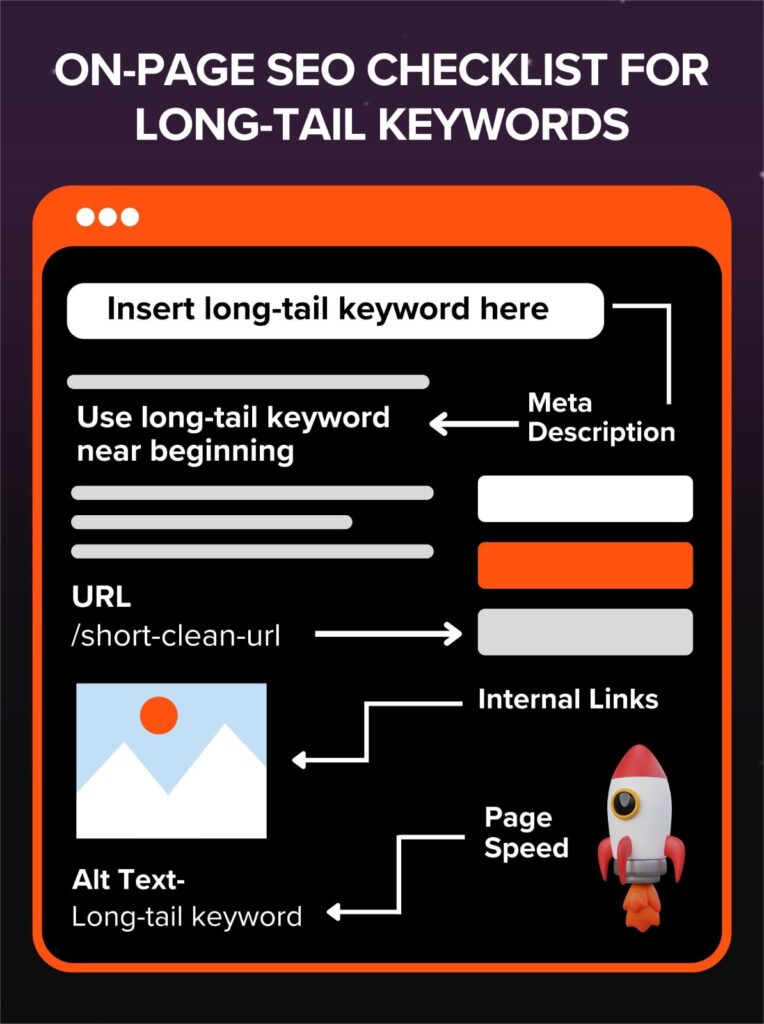
Common mistakes made
Common Mistakes Made in Implementing Long Tail Keywords
Avoiding common mistakes when implementing long-tail keywords ensures effective SEO and user engagement. Errors like keyword stuffing or ignoring intent can harm rankings and user experience.
Keyword stuffing, such as overusing “best budget running shoes for flat feet” in content, reduces readability. This can lead to penalties from search engines like Google.
Creating thin content for “how to train a puppy at home” without valuable insights fails to satisfy user intent. Semrush’s Site Audit tool can flag such low-quality pages for improvement.
Ignoring search intent, like using “organic skincare for sensitive skin” on a generic product page, confuses users. Content must align with the user’s goal, such as researching or buying.
Neglecting internal linking, such as not connecting “yoga classes in Manchester for beginners” to a “yoga classes” pillar page, weakens site authority. This limits ranking potential for long-tail keywords.
Targeting overly competitive keywords, like “yoga retreats” instead of “affordable yoga retreats in Bali,” wastes resources. Semrush’s Keyword Overview shows the latter has a lower Keyword Difficulty (KD) of 22%.
